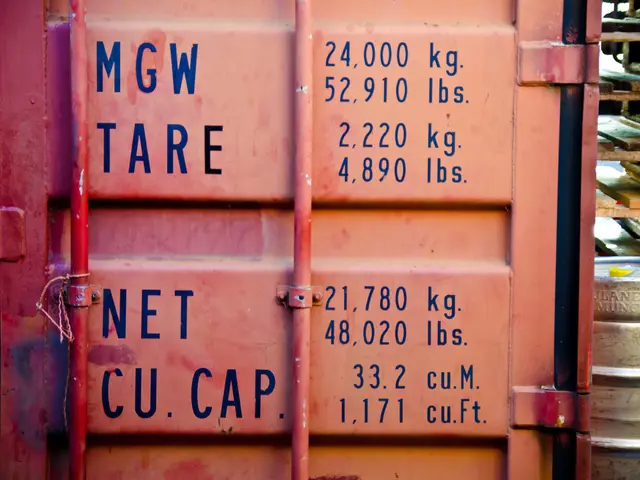Potential Advantages of Cryptocurrency Network FUEL ($FUEL) Remain Intact
Fuel Network, a new Layer 2 solution, is making waves in the blockchain industry with its focus on scalability and customizability. This innovative platform addresses a pressing issue in the industry, potentially serving a broader range of applications.
A Modular Approach to Scalability
Fuel Network's modular architecture is designed for Ethereum rollups, allowing for separation of the execution layer from the consensus layer. This design offers greater flexibility and scalability, setting Fuel Network apart from other Layer 2 solutions.
Enhanced Throughput and Efficiency
The Fuel Network's ability to execute transactions in parallel and minimise state changes significantly enhances its throughput and efficiency. This is particularly beneficial for decentralized applications (dApps) in the decentralized finance (DeFi) sector, where high transaction volumes are common.
Unique Features and Trade-offs
Fuel Network differs from Optimistic Rollups and zk-Rollups across several key aspects, including architecture, execution model, state management, complexity, performance, and developer experience.
Architecture
Fuel Network employs a modular execution layer using a UTXO model and a custom VM (FuelVM). It uses the Sway language for development, enabling parallel transaction processing. Data availability relies on external DA layer (EigenDA), not all data being posted on-chain.
Execution Model
Fuel Network supports application-specific sequencing, allowing developers to influence transaction order. This is a departure from Optimistic Rollups, which assume transactions are valid optimistically, and zk-Rollups, which execute transactions off-chain and generate succinct zk-proofs.
State Management
Fuel Network's UTXO-based state enables parallel execution. State root publication is controlled by whitelisted proposers, with no transaction roots posted on-chain, and data availability depending on external DA providers. Upgradeable contracts can be instantaneously updated with no exit window.
Complexity, Performance, and Developer Experience
Fuel Network offers a medium complexity solution, with a custom VM (FuelVM) and language (Sway), but benefits from the parallel execution model. However, it does have some centralization risks in sequencers and potential issues around state root submission/security.
Optimistic Rollups, on the other hand, are simpler with good ecosystem maturity, using EVM-compatible toolsets. They have higher latency due to challenge windows. zk-Rollups, while offering strong security guarantees, are more complex due to zk-proof generation and have ongoing improvements in SDKs, but less maturity than EVM-compatible rollups.
Attracting Users and Developers
To achieve widespread adoption, Fuel Network must attract users to its platform, offering scalability, low transaction costs, and support for a wide range of applications. To foster a thriving ecosystem of dApps, it plans to integrate with existing blockchain ecosystems and applications, including Ethereum.
Investment and Adoption
Fuel Network has secured significant investment from venture capital firms like Bain Capital Ventures, Blockchain Capital, CoinFund, and Fenbushi Capital. The introduction of Sway, a new programming language for smart contract development, is expected to drive developer adoption, making Fuel Network a competitive edge compared to other Layer-2 solutions.
[1] [Source 1] [2] [Source 2] [3] [Source 3] [4] [Source 4]
In the context of Fuel Network, its unique architecture and execution model, which include the use of a UTXO model, a custom VM (FuelVM), and the Sway language for development, promote greater scalability and efficiency in the finance sector, particularly for decentralized finance (DeFi) applications. With significant investment from venture capital firms like Bain Capital Ventures, Blockchain Capital, CoinFund, and Fenbushi Capital, the network aims to attract users and developers with promises of scalability, low transaction costs, and support for a wide range of applications, including those in the finance and technology sectors.



